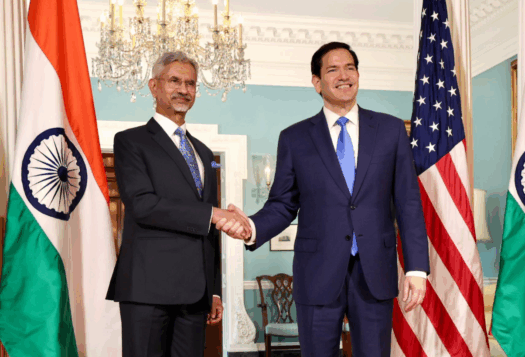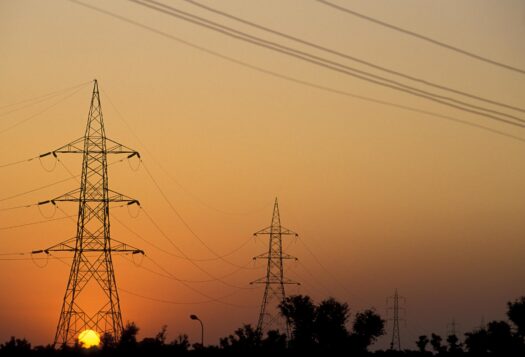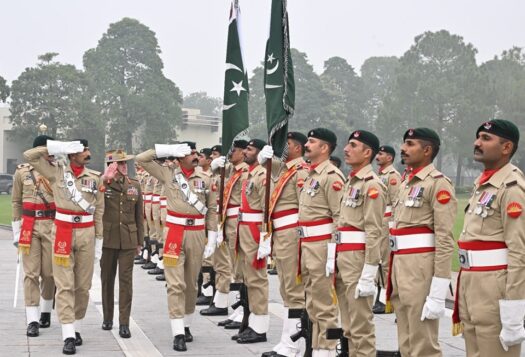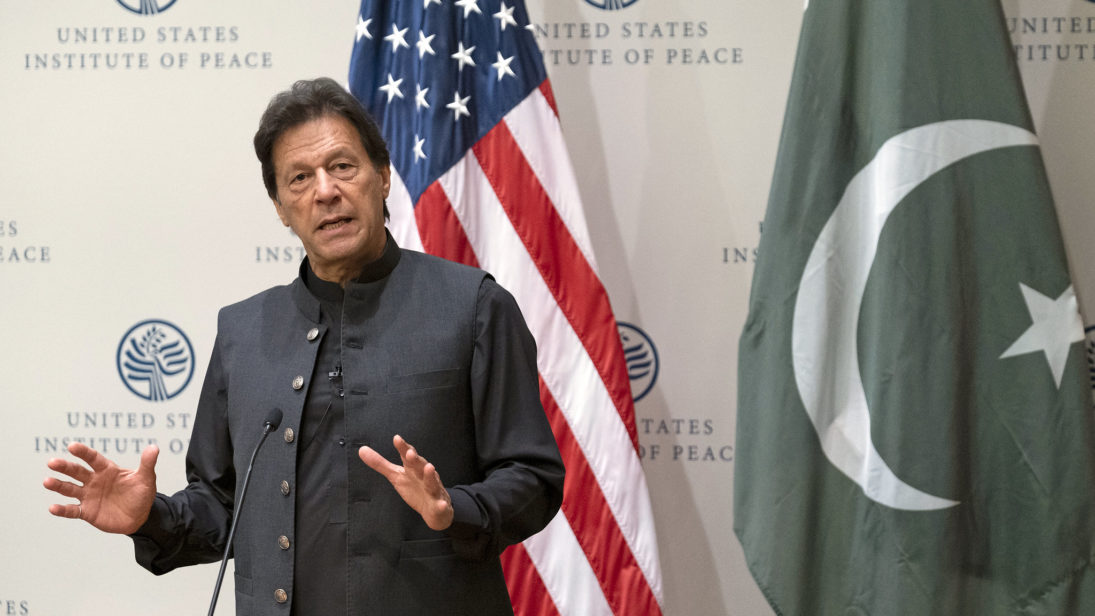
As the dust settles following Imran Khan’s first U.S. visit as Pakistan’s Prime Minister, reviews of the trip are decidedly mixed. While Khan likened his visit to winning the World Cup, the view from Washington is less sanguine. To be sure, Pakistan is now in a better position than it was in January 2018 when U.S. President Donald Trump accused Islamabad of “lies & deceit.” That said, this visit does not herald a genuine reset of the relationship, which will remain dogged by structural tensions including Pakistan’s ties with China and the United States’ growing alignment with India, among other issues. For now, Pakistan seems to have pinned its hopes on a personal relationship between Trump and Khan holding off those in Congress and the administration pushing for a harder line. This approach might provide Pakistan limited protection in the short term, but such support will be contingent on cooperation on Afghanistan and counterterrorism and will not land U.S.-Pakistan relations on a steady path in the long run.
First, the positive from Pakistan’s standpoint. Khan made the most of his meeting with Trump, seeming to build a rapport with the President and even (problematically) dodging a question on press freedom by joking with Trump about who is treated worse by the media. Khan deftly played to Trump’s self-professed deal-making prowess to elicit an offer to mediate the Kashmir dispute, although this should not be seen as anything more than an off-the-cuff remark quickly walked back by the State Department. The Pakistan delegation was also wise to engage with members of Congress in an attempt to rehabilitate the country’s image on the Hill, something that newly retained lobbying firm Holland and Knight will also pursue.
A few sour notes also bear mentioning. First, Foreign Minister Shah Mahmood Qureshi criticized senior State Department and National Security Council officials, claiming, “no door was being opened for us in the time of Alice Wells and Lisa Curtis.” Qureshi’s statement overlooks the fact that Wells and Curtis remain key, well-respected shapers of U.S. policy towards Pakistan, and such attempts to drive a wedge between Trump and his administration are likely to backfire. Likewise troubling were Khan’s statements describing the U.S. raid on Osama Bin Laden as “humiliating” while neither accounting for the 9/11 mastermind’s presence in Pakistan nor acknowledging the tragedy of the attacks he unleashed. Though Khan drew attention to the casualties Pakistan suffered as a result of its participation in the so-called War on Terror, his failure to recognize what remains a deeply traumatic event in the United States came across to a Washington audience as tone-deaf and insensitive.
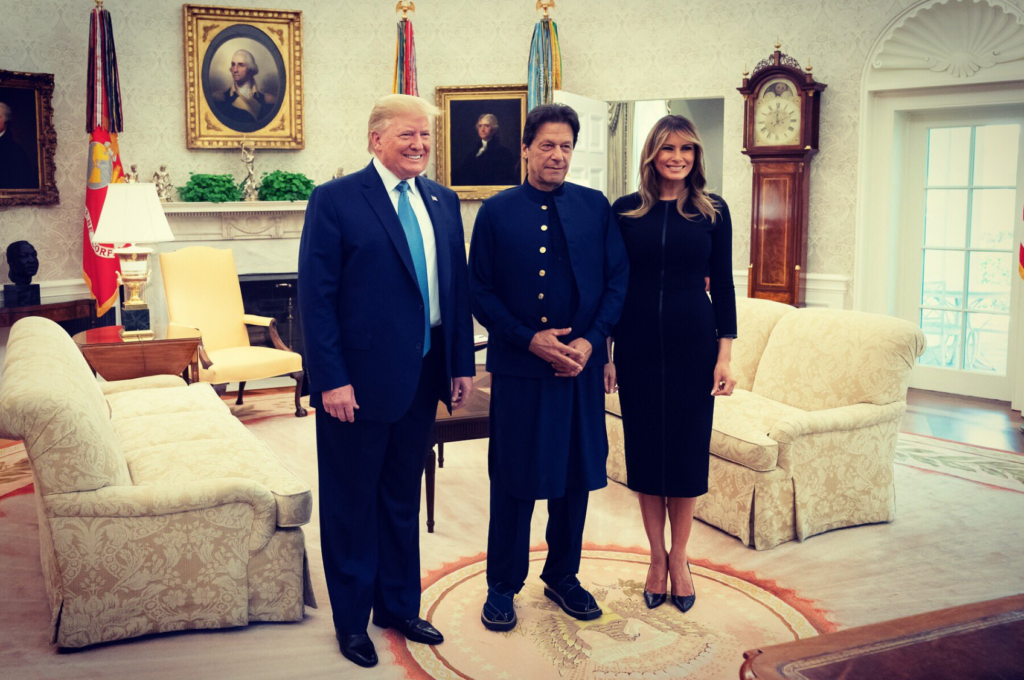
On balance, Khan seems to be following the likes of Turkish President Recep Tayyip Erdogan in counting on his personal relationship with Trump to avoid policy pressure from Washington. That might well prove a winning strategy in the short term, assuming Pakistan can deliver enough to allow Trump to claim victory on U.S. objectives in Afghanistan and on counterterrorism. But an end-run around, the bureaucracy will not serve Pakistan well in the long run as it will need to build trust more broadly in order to put the bilateral relationship on a steady, sustainable path. The reinstatement of security assistance and enhanced trade relationship Islamabad seeks would require political will and significant effort to push through, and both remain highly unlikely barring deeper engagement beyond the White House.
Going forward, U.S. policy towards Pakistan will continue to center on two issues. First is Pakistan’s role facilitating a negotiated settlement with the Taliban… Second is Pakistan’s taking “sustained and irreversible” action against terrorist groups operating within its borders.
Going forward, U.S. policy towards Pakistan will continue to center on two issues. First is Pakistan’s role facilitating a negotiated settlement with the Taliban—in particular to encourage Taliban leadership to enter formal talks with the Afghan government and agree to a ceasefire. Should Pakistan successfully deliver, it would all but ensure continued short-term goodwill from a Trump administration eager to begin withdrawing from Afghanistan well before the 2020 election. Second is Pakistan’s taking “sustained and irreversible” action against terrorist groups operating within its borders, building on its recent crackdown against Jaish-e-Mohammed and others and the re-arrest of Lashkar-e-Taiba founder Hafiz Saeed. Despite these steps and Khan’s assurances, long-time observers in Washington remain skeptical that Pakistan and its military will maintain pressure on terror groups given their domestic influence and the perceived utility of loyal proxies in an unstable region.
In the coming months, three events will serve as bellwethers for the future tenor of U.S.-Pakistan relations. First is the State Department’s September 1 target date for a peace agreement with the Taliban, which could provide a major boost if a deal is reached with Pakistan’s assistance. Second is the October 13-18 meeting of the Financial Action Task Force to determine whether Pakistan has taken sufficient action against terror financing to avoid blacklisting. Third is the December 6 International Monetary Fund review meeting, which will assess if Pakistan is eligible to receive approximately $453 million USD based on loan condition compliance. Clearing all three hurdles will be a significant challenge for the Khan administration—even with a new friend in the White House—but doing so successfully represents Pakistan’s best chance to build on momentum following Khan’s U.S. visit.
Editor’s Note: A version of this piece originally appeared in Pakistan Politico and has been republished with permission from the editors.
***
Image 1: U.S. Institute of Peace via Flickr
Image 2: Melania Trump via Twitter
